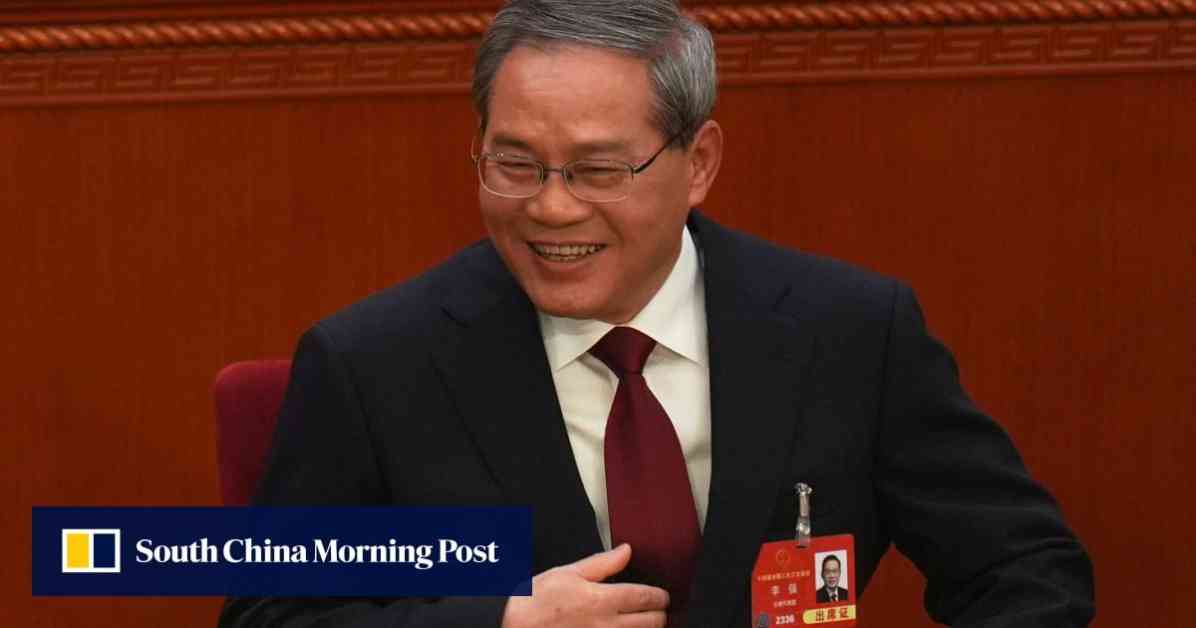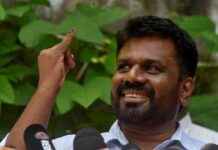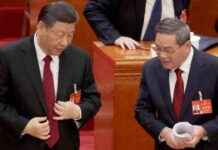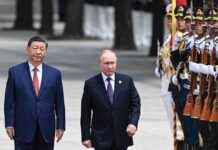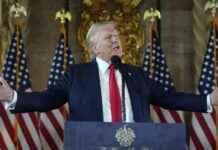In a world where economic landscapes are constantly shifting, two global superpowers have taken center stage with vastly different visions for the future. On one side of the Pacific, Chinese Premier Li Qiang made a bold declaration of increased spending to fuel growth and embrace a more open global economy. On the other side, US President Donald Trump stood firm in his commitment to slash federal expenditures to achieve financial equilibrium, all while ramping up tariffs on multiple nations.
The dichotomy between these two approaches was starkly evident on a fateful Wednesday, as each leader presented their divergent strategies to the world. Li’s promise of a more aggressive spending plan in China stood in sharp contrast to Trump’s vision of fiscal restraint and protectionist trade policies. The clash of ideologies symbolized a broader tension in global economic strategies, with profound implications for both nations and the international community at large.
**China’s Economic Expansion**
Amidst the backdrop of an ever-evolving economic landscape, China has set its sights on bolstering its economy through strategic investments and increased spending. Premier Li Qiang’s announcement of a more expansive fiscal policy underscored the country’s commitment to driving growth and embracing a more interconnected global order. With the Chinese economy showing signs of resilience and steady growth, the decision to increase the deficit-to-GDP ratio for 2025 reflects a proactive stance towards economic expansion.
Li’s vision for the future includes an ambitious target of around 5% economic growth for the coming year, signaling confidence in China’s ability to navigate challenges and capitalize on emerging opportunities. The issuance of 1.3 trillion yuan (approximately US$182 billion) in ultra-long special treasury bonds represents a significant investment in the country’s economic potential, paving the way for sustained growth and stability in the years to come.
**Trump’s Budget Cuts and Tariff Escalation**
On the other side of the globe, President Donald Trump’s approach to economic policy took a decidedly different turn, with a strong emphasis on budget cuts and aggressive tariff measures. Trump’s pledge to balance the US budget through drastic reductions in federal spending sent shockwaves through the global financial community, raising questions about the long-term implications of such austerity measures.
In addition to his budgetary commitments, Trump extended his tariff regime to include a broader range of countries, including India, South Korea, and the European Union, in addition to longstanding targets like China, Mexico, and Canada. This escalation of trade tensions marked a significant departure from the multilateral approach advocated by China, underscoring the complex dynamics at play in the global economy.
As the world watches in anticipation, the contrasting strategies of China and the United States serve as a microcosm of the broader economic challenges facing nations in an interconnected world. The divergent paths chosen by these two global powers highlight the complexities of modern economic policy and the far-reaching implications of their decisions on a global scale. In an era of uncertainty and rapid change, the choices made by leaders today will shape the future of economies worldwide, with profound consequences for generations to come.
